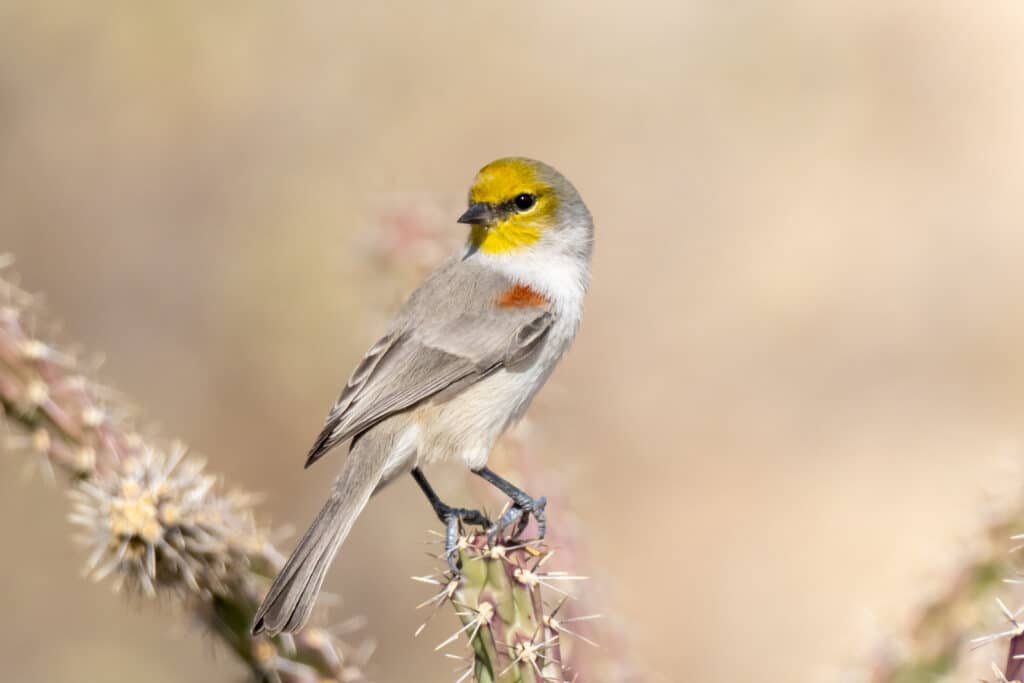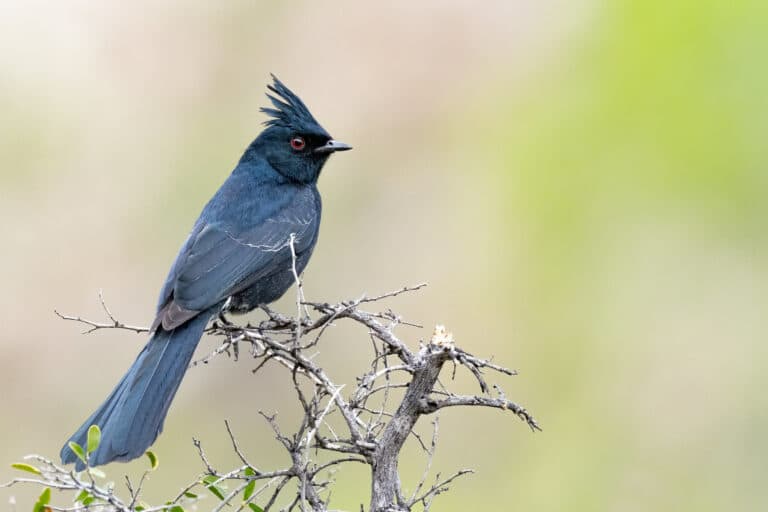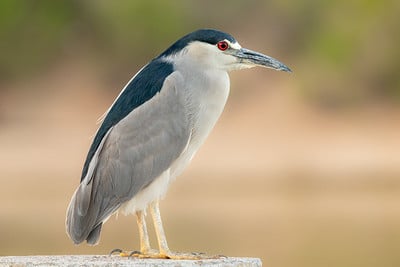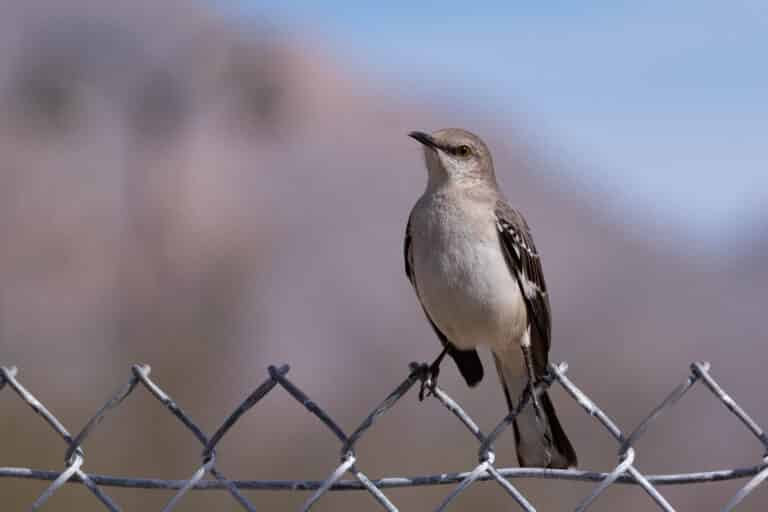If you’re originally from a forest locale, you might mistake the Verdin’s tee-to-to song for that of a chickadee species. Although they are closely related, about the same size, and just as busy, Verdins don’t need conifers to survive—they are highly adapted to our desert vegetation and can glean all the water they need from the food they eat. They eat mostly insects and spiders, and one study calculated they ate up to 540 insects, spiders or larvae per day during winter! When available, they also eat fruits, sugar water from hummingbird feeders, and flower nectar—they seem to really like chuparosa flowers!
Verdins are non-migratory, year-round residents here, and they especially prefer mesquite, palo verde, creosote, and acacia. Providing thorny native vegetation in Tucson landscapes will assure these active birds will show up in your yard. Palo verde trees are common sites for their globe-shaped nests with somewhat downward-facing openings, and they usually build and occupy multiple nests at once. Verdins have probably made most old nests you’ll see in your local trees.
Verdins are the prettiest birds most Tucsonans have never seen. These acrobatic little birds with yellow faces and red shoulder patch are active year-round, so get out there and find some!




